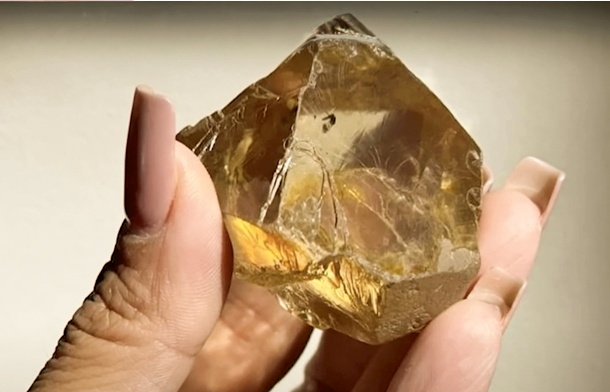A unique haul of diamonds that formed incredibly deep underground has been found in Brazil. What is more, they contain evidence that points to the existence of a pristine piece of original Earth rock that remains intact far underground.
It is hard to believe that any of Earth’s early structure could still exist today after being churned up by more than 4 billion years of geological activity.
But several diamonds uncovered in the Juína area of Brazil contain chemical signatures that suggest such a reservoir of rock is still preserved deep under the surface.
The diamonds, which were analysed by Suzette Timmerman at the Australian National University and her colleagues, contain high levels of an ancient helium isotope called helium-3 that was incorporated into Earth’s first rocks.
Diamond time capsules
This suggests that the diamonds, which are themselves thought to be less than 500 million years old, formed in or above a remnant of Earth’s original rock, Timmerman says. As they formed, they encapsulated some of the ancient helium-3 that is slowly diffusing upwards from this primordial rock, she says.
The diamonds also contain a mineral called breyite that is formed at ultra-high pressures, suggesting they originated about 410 to 660 kilometres underground. This means the primordial rock must be deeper than at least 410 km, says Timmerman.
Normally, diamonds form less than 230 km underground. This makes these “super-deep” diamonds unique time capsules to study early Earth, Timmerman says.
The diamonds were carried by upwellings of hot rock and volcanic eruptions about 93 million years ago, finally ending up in the Juína mines at the surface, her team’s analysis shows.
The researchers are now hoping to work out the location and size of the preserved primordial rock that supplied the helium-3 now trapped in these diamonds. “Hopefully we will then be able to understand more about how it formed and survived,” Timmerman says.
Her best guess is that the primordial rock is a very dense structure close to Earth’s core, which would explain why it has managed to remain intact all this time.
It won’t be possible to access the rock directly because it is so far underground, but further studies of super-deep diamonds may help us to understand it better, she says.
Source: newscientist


